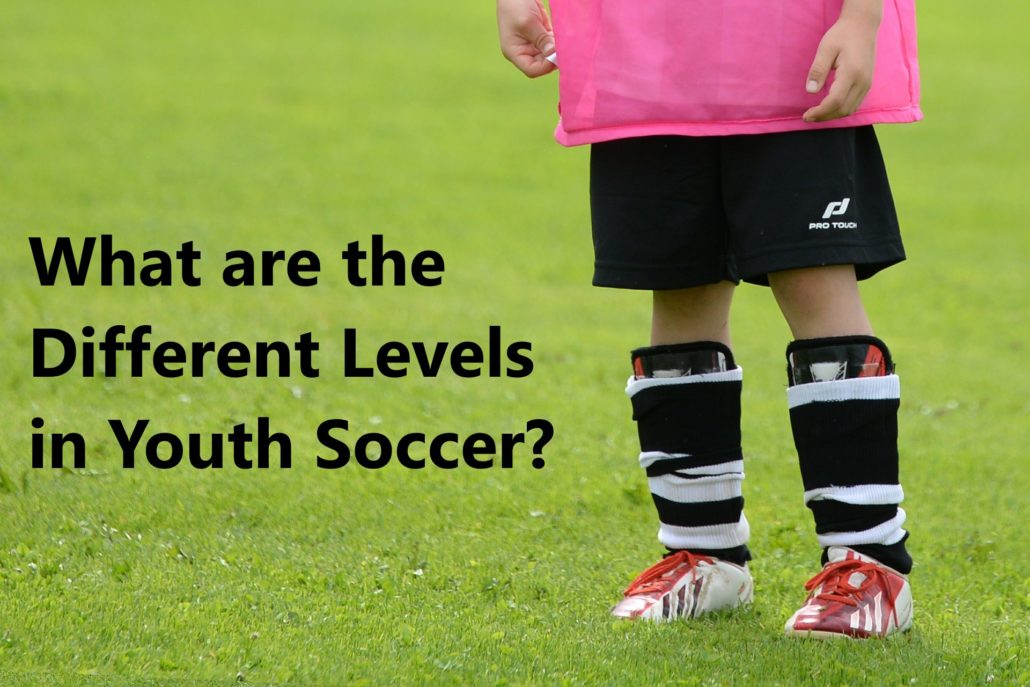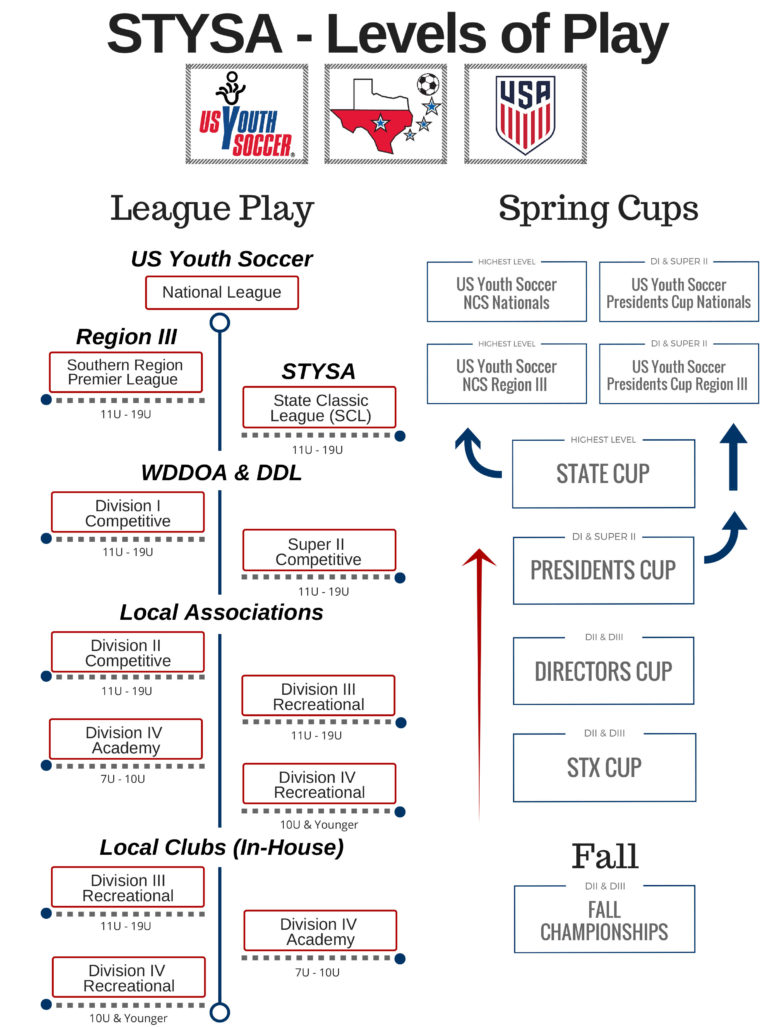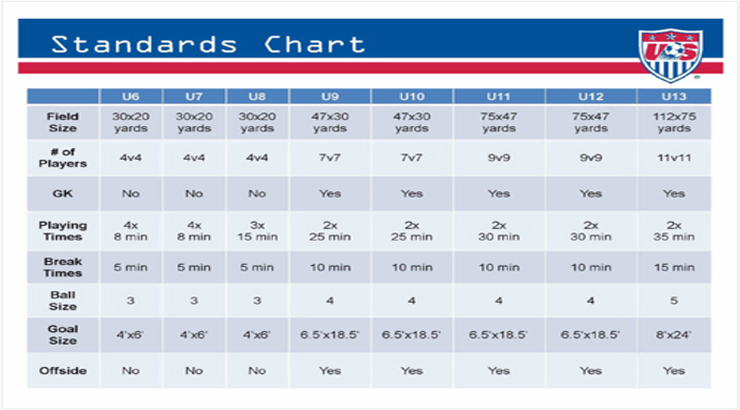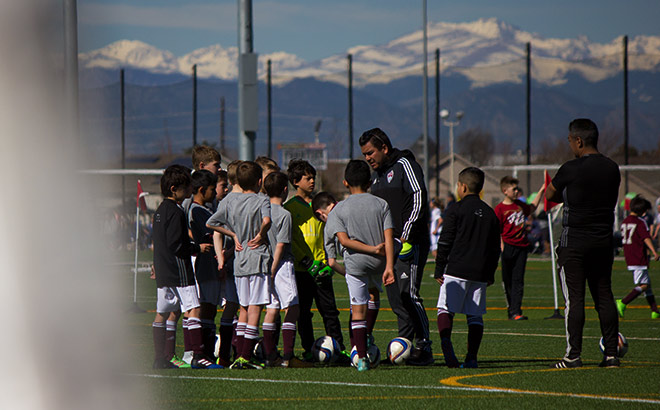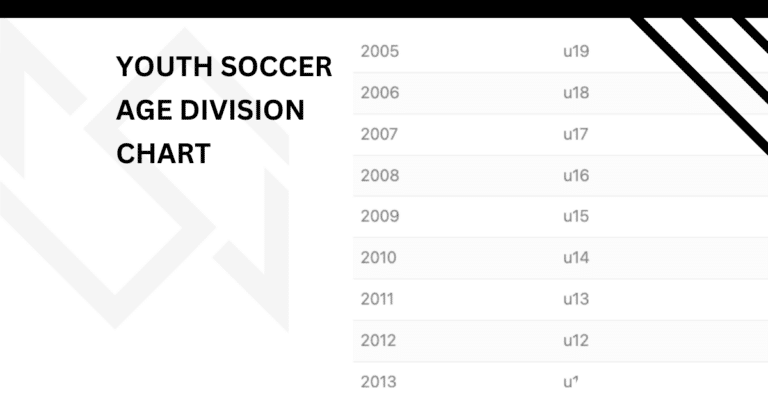Youth soccer is a popular and rewarding sport for children of all ages. However, it can be confusing to navigate the different color levels that are used to categorize players. This article will provide a comprehensive guide to the 10 youth soccer color levels, explaining what each level entails and how players can progress through them.
Understanding Youth Soccer Color Levels
Youth soccer color levels are used to group players of similar skill and experience levels. This allows for more balanced and competitive games, and it helps players to develop at their own pace. The color levels are typically assigned based on a player’s age, skill level, and experience.
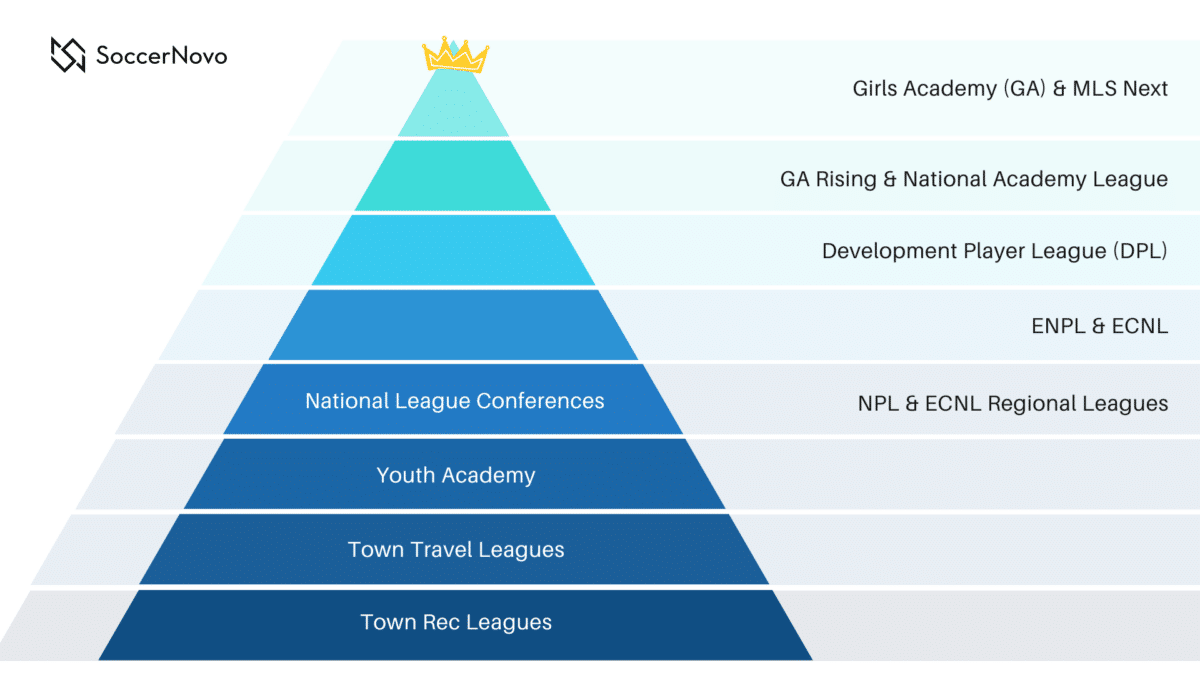
1. Red Level
The Red Level is the lowest level of youth soccer. It is typically for players who are new to the sport or who have very little experience. Players at this level are learning the basic skills of the game, such as dribbling, passing, and shooting.
.jpg)
2. Orange Level
The Orange Level is the next level up from Red. Players at this level have a basic understanding of the game and are starting to develop their skills. They are able to dribble with some control, pass the ball accurately, and shoot with some power.

3. Yellow Level
The Yellow Level is the middle level of youth soccer. Players at this level have a good understanding of the game and are able to execute the basic skills with confidence. They are starting to develop their own style of play and are able to make decisions on the field.

4. Green Level
The Green Level is the next level up from Yellow. Players at this level have a high level of skill and are able to play the game with confidence. They are able to control the ball well, make accurate passes, and shoot with power and accuracy.
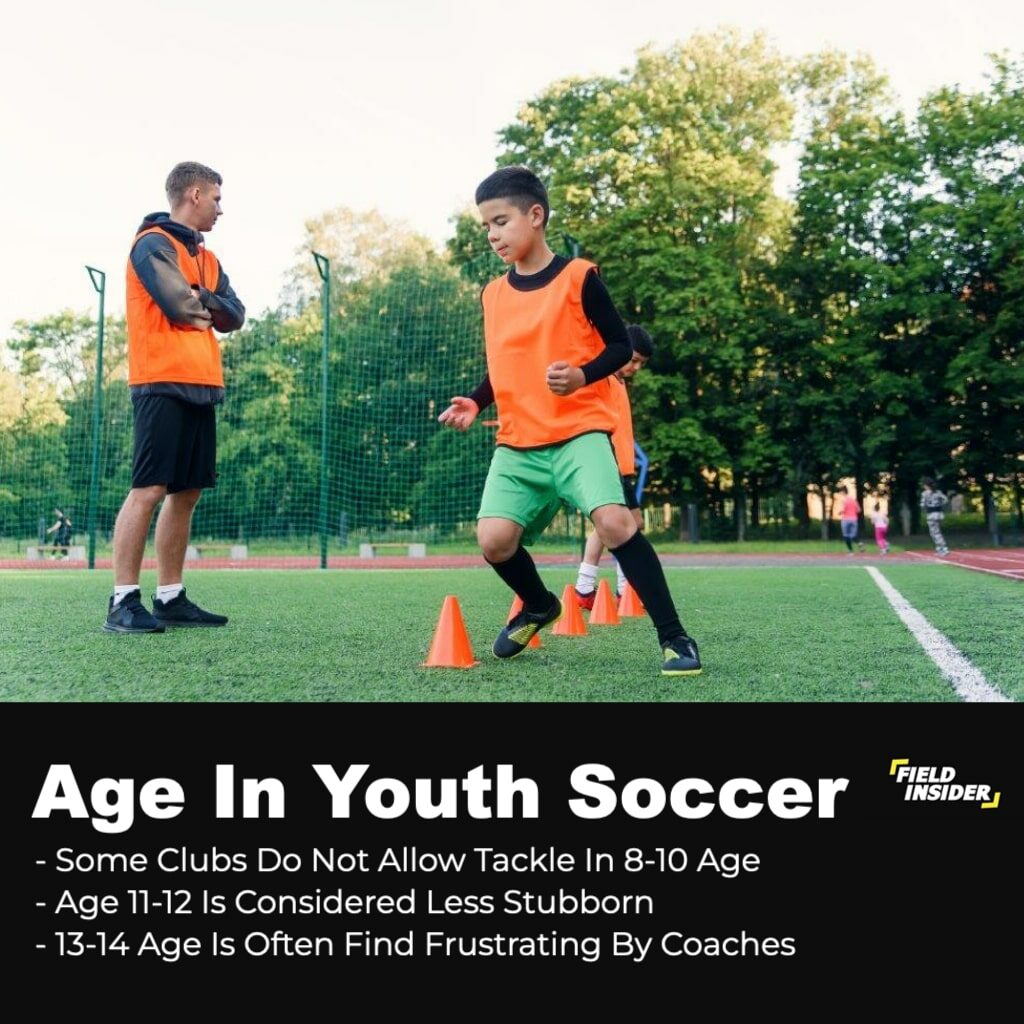
5. Blue Level
The Blue Level is the second-highest level of youth soccer. Players at this level are highly skilled and have a deep understanding of the game. They are able to play with speed and agility, and they are able to make quick decisions on the field.
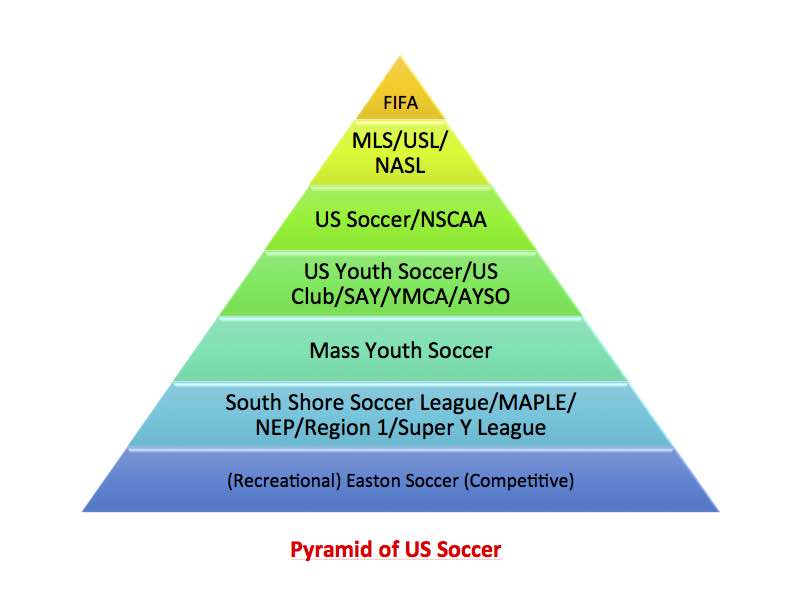
6. Black Level
The Black Level is the highest level of youth soccer. Players at this level are elite athletes who have exceptional skills and experience. They are able to play the game at a very high level and are often scouted by professional clubs.

7. White Level
The White Level is a special level that is sometimes used for players who are not yet ready for the Black Level. Players at this level are highly skilled but may not have the same level of experience as Black Level players.
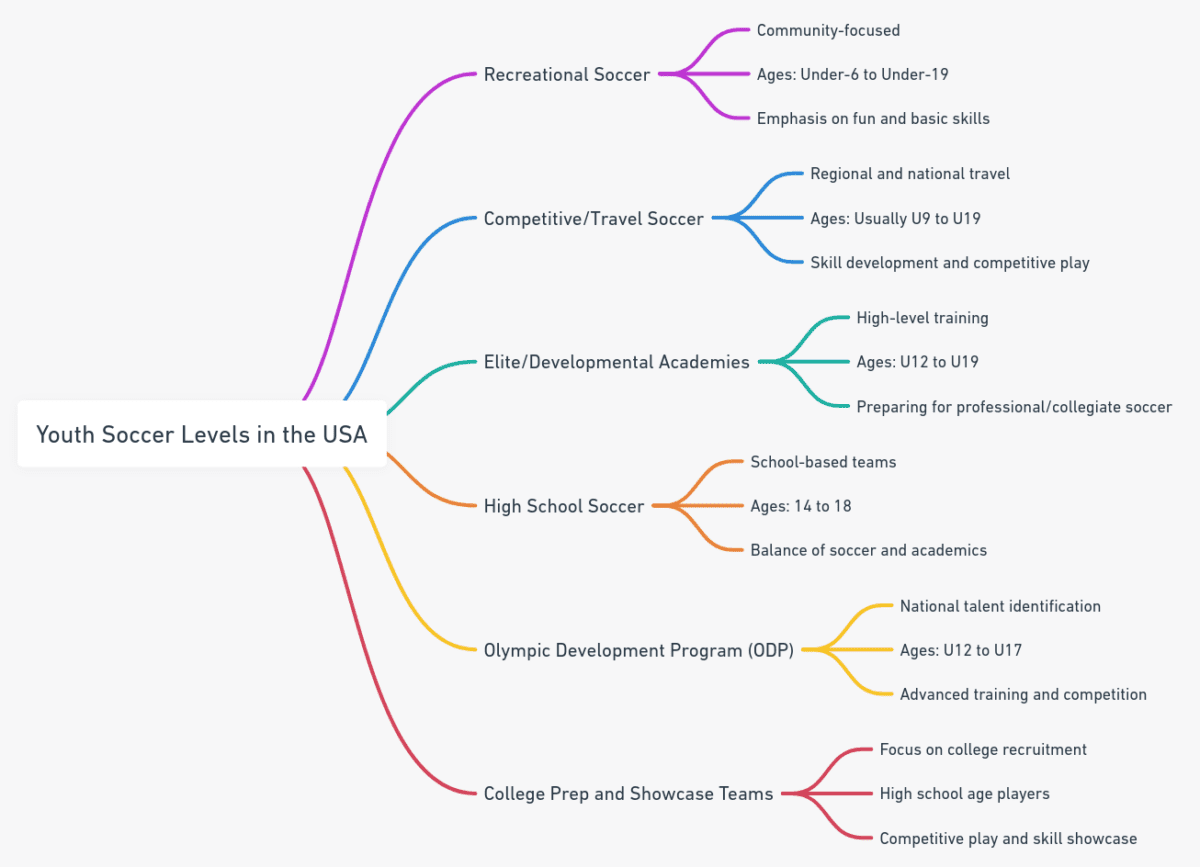
8. Gold Level
The Gold Level is another special level that is sometimes used for players who are between the Blue and Black Levels. Players at this level have a high level of skill and experience, but they may not be quite ready for the Black Level.

9. Silver Level
The Silver Level is a special level that is sometimes used for players who are between the Green and Blue Levels. Players at this level have a good level of skill and experience, but they may not be quite ready for the Blue Level.

10. Bronze Level
The Bronze Level is a special level that is sometimes used for players who are between the Yellow and Green Levels. Players at this level have a basic level of skill and experience, but they may not be quite ready for the Green Level.
Design Variations
The color levels used in youth soccer can vary from league to league. Some leagues may use a different number of levels, and the names of the levels may also be different. However, the general concept of color levels is the same across all leagues.
When designing a youth soccer color level system, it is important to consider the following factors:
- The age and skill level of the players
- The number of players in the league
- The desired level of competition
- The resources available
By considering these factors, you can create a color level system that is appropriate for your league and that will help players to develop their skills and enjoy the game.
Other ideas you might like
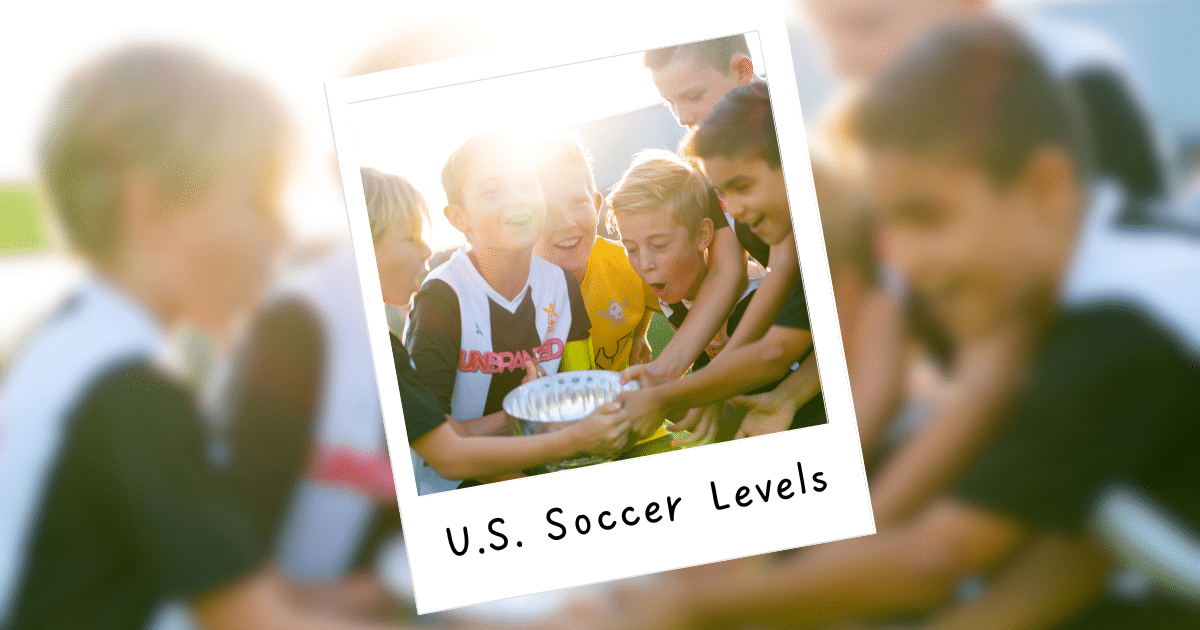

![]()


